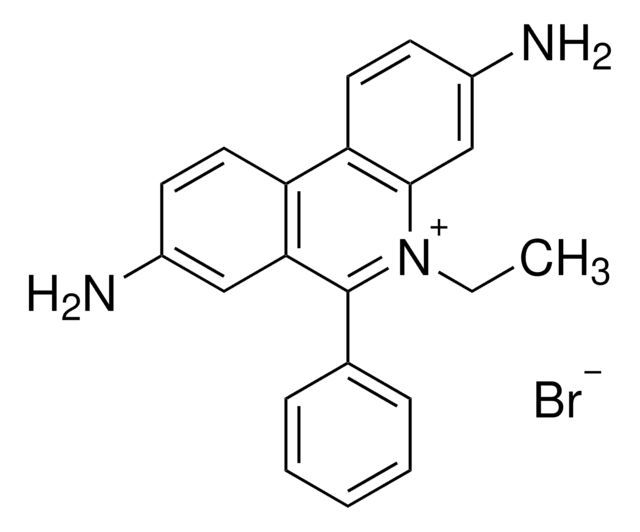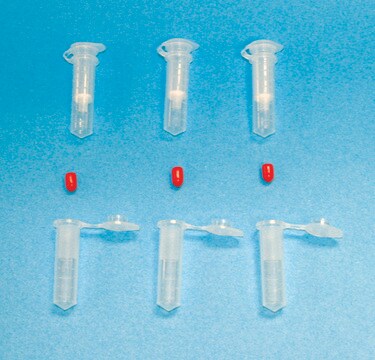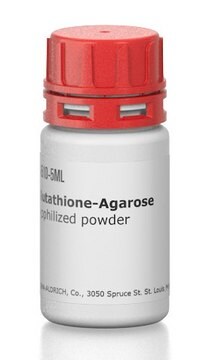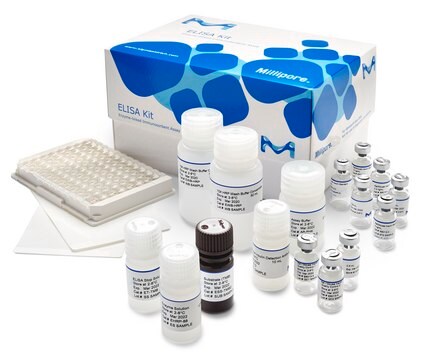Wichtige Dokumente
S6814
SynaptoGreen™ C4
≥95% purity (HPLC), solid
Synonym(e):
4-[2-[4-(Dibutylamino)-phenyl]-ethenyl]- 1-[3-(triethylammonio)-propyl]-pyridiniumdibromid, N-(3-Triethylammoniumpropyl)-4-(4-(dibutylamino)-styryl)-pyridiniumdibromid, FM1-43
About This Item
Empfohlene Produkte
Produktbezeichnung
SynaptoGreen™ C4, ≥95% (HPLC), solid
Qualitätsniveau
Assay
≥95% (HPLC)
Form
solid
Farbe
dark red
Löslichkeit
DMSO: soluble
H2O: soluble
εmax
≥50000 at 507-513 nm in methanol
Anwendung(en)
diagnostic assay manufacturing
hematology
histology
Lagertemp.
−20°C
SMILES String
[Br-].[Br-].CCCCN(CCCC)c1ccc(\C=C\c2cc[n+](CCC[N+](CC)(CC)CC)cc2)cc1
InChI
1S/C30H49N3.2BrH/c1-6-11-23-32(24-12-7-2)30-18-16-28(17-19-30)14-15-29-20-25-31(26-21-29)22-13-27-33(8-3,9-4)10-5;;/h14-21,25-26H,6-13,22-24,27H2,1-5H3;2*1H/q+2;;/p-2
InChIKey
VZUVCAGXYLMFEC-UHFFFAOYSA-L
Allgemeine Beschreibung
Anwendung
Biochem./physiol. Wirkung
Sonstige Hinweise
Rechtliche Hinweise
Lagerklassenschlüssel
11 - Combustible Solids
WGK
WGK 3
Flammpunkt (°F)
Not applicable
Flammpunkt (°C)
Not applicable
Persönliche Schutzausrüstung
Eyeshields, Gloves, type N95 (US)
Hier finden Sie alle aktuellen Versionen:
Besitzen Sie dieses Produkt bereits?
In der Dokumentenbibliothek finden Sie die Dokumentation zu den Produkten, die Sie kürzlich erworben haben.
Unser Team von Wissenschaftlern verfügt über Erfahrung in allen Forschungsbereichen einschließlich Life Science, Materialwissenschaften, chemischer Synthese, Chromatographie, Analytik und vielen mehr..
Setzen Sie sich mit dem technischen Dienst in Verbindung.
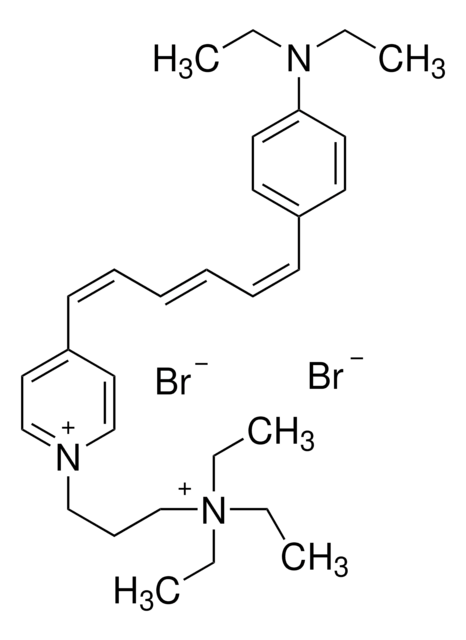
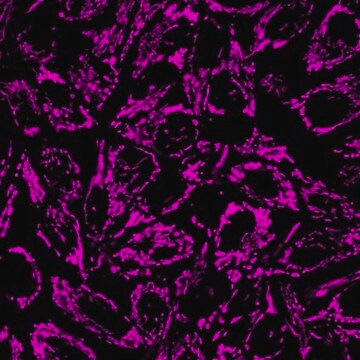
![2-[4-(Dimethylamino)styryl]-1-Ethylpyridiniumjodid ≥99% (HPLC), solid](/deepweb/assets/sigmaaldrich/product/structures/352/365/080860c7-fc55-4914-8b9b-0c52847035cb/640/080860c7-fc55-4914-8b9b-0c52847035cb.png)
